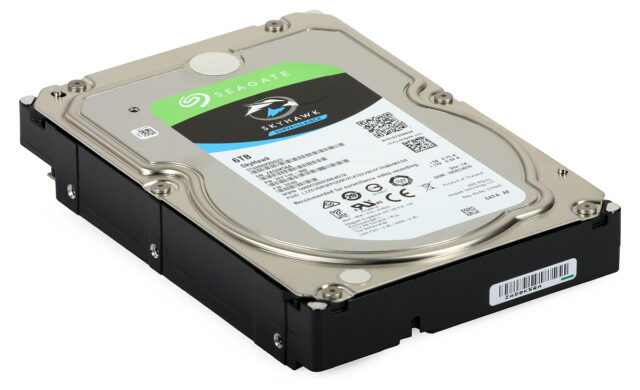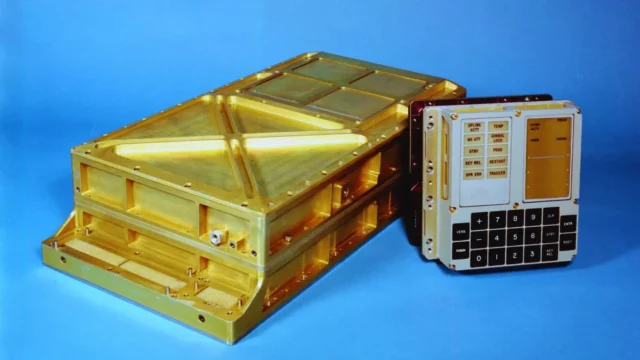Display technology is evolving faster than ever. Whether you’re streaming your favorite series, editing high-res photos, or gaming competitively, the screen you use has a major impact on your experience. By 2025, several advanced display types are available, each with unique benefits depending on how and where you use your devices.
This guide will walk you through the most relevant display technologies today—OLED, Mini-LED, IPS, MicroLED, and more—and help you understand which is the best fit for your needs.
OLED: Rich Colors, True Blacks
OLED (Organic Light-Emitting Diode) displays create light at the pixel level, allowing each pixel to turn on or off individually.Why people love it:
- Blacks are truly black, because off pixels emit no light
- Colors pop with vibrant contrast
- Viewing from any angle looks just as good
- Super thin and flexible for foldable devices
What to watch out for:
- Risk of burn-in from static elements (like logos)
- Not as bright as Mini-LED outdoors
- Blue pixels age faster, possibly shortening lifespan
Great for: Phones, premium TVs, professional monitors
IPS: Reliable and Budget-Friendly
IPS (In-Plane Switching) is a type of LCD panel known for color accuracy and wide viewing angles.Why people use it:
- Affordable and widely available
- Excellent for everyday use and office work
- Color holds up well off-center
Drawbacks:
- Blacks look more like dark gray
- Slower response times for fast-paced gaming
- Struggles in brightly lit rooms
Ideal for: Office monitors, budget laptops, general-purpose screens
Mini-LED: Bright, Sharp, and Smart
Mini-LED upgrades traditional LCD backlighting with thousands of tiny LEDs, grouped in zones for more precise lighting.Highlights:
- High peak brightness—perfect for HDR content
- Improved contrast over standard LCDs
- Less “bloom” or halo effect compared to older backlights
Keep in mind:
- Still uses an LCD layer, so blacks aren’t perfect
- Not as thin as OLED
Best for: Gaming laptops, high-end tablets, modern TVs
MicroLED: The Next Frontier
MicroLED uses microscopic, self-emitting LEDs for each pixel, combining the best of OLED and LED.Advantages:
- Pure blacks, incredible brightness
- No burn-in issues
- Long-lasting and super efficient
Limitations (for now):
- Very expensive
- Difficult to manufacture at small sizes
Where you’ll find it: Luxury TVs, digital signage, prototypes
QLED and QD-OLED: Quantum Dots at Work
These aren’t new display types, but enhancements using Quantum Dots:
- QLED is an LCD with a Quantum Dot filter to boost brightness and color
- QD-OLED layers Quantum Dots over OLED for more vivid colors and better energy use
Upsides:
- Richer colors
- Brighter screens
Downsides:
- Quality depends on the base tech (LCD or OLED)
Display Tech in Your Pocket and Laptop
OLED
Still the top choice for high-end phones and tablets thanks to:
- Thin, flexible design
- Vibrant visuals for content consumption
- Energy savings in dark mode
Mini-LED
Common in powerful tablets and premium laptops:
- Great HDR support for creators
- Better visibility outdoors
IPS
Stays strong in budget devices:
- Affordable
- Decent performance for everyday apps
Gaming: Where Every Frame Counts
- Refresh rate:
- 60 Hz = standard
- 120 Hz = smooth for gaming and UI
- 240 Hz = eSports-level
- Response time:
- OLED is fastest (<1ms)
- IPS and Mini-LED are good (1–5ms)
- Input lag:
- Choose under 10ms for gaming or live streaming
Color and Viewing Angles
- OLED/MicroLED: Best in class—colors and brightness don’t shift off-center
- IPS: Very good, especially for editing
- Mini-LED: Good, but depends on LCD layer quality
Resolution in 2025
- 4K: Standard for TVs and upper-tier monitors
- 5K/6K: Favored by creatives
- 8K: Still niche
- 1440p: Popular with gamers
- 1080p: Entry-level and secondary displays
Efficiency and Power Use
- OLED: Great with dark themes, less so with bright content
- IPS: Steady power use regardless of image
- Mini-LED: Smart dimming helps save power
- MicroLED: Super efficient—but rare
Lifespan and Burn-in
- OLED: Can degrade with heavy static content
- IPS/Mini-LED: Long lifespan, no burn-in
- MicroLED: Longest lifespan, no burn-in
Tip: For dashboards or static UI, go IPS or Mini-LED
Environment and Repairs
- OLED: Fragile, but some recyclable parts
- IPS: Easier to replace, widely recyclable
- Mini-LED: More complex, but modular builds help
- MicroLED: Promises long life and repairability
Brands like Fairphone and Framework push modular displays for greener tech.
What You’ll Spend in 2025
| Technology | Price Range (USD) | Typical Use |
|---|---|---|
| IPS | $100–$300 | Offices, budget laptops |
| OLED | $300–$1000+ | Phones, premium monitors |
| Mini-LED | $400–$2000 | Gaming, high-end tablets |
| MicroLED | $3000+ | Luxury TVs, commercial applications |
What’s Coming Next
- Transparent screens – For cars and retail displays
- Rollable and foldables – Phones and laptops that adapt
- Dual-panel LCD – Brighter contrast without OLED
- QDEL tech – Self-lit quantum dots (OLED alternative)
- NanoLED and Perovskite displays – In development, but promising
Quick Buying Tips
- Gamers: Choose OLED or Mini-LED with high refresh rate
- Creators: Look for QD-OLED with color calibration
- On a budget: IPS offers excellent bang for buck
- Future-focused: MicroLED is worth watching
Wrap-Up: Picking Your Perfect Screen
In 2025, no single display tech fits everyone. Each has a niche:
- OLED: Best visuals, but be cautious with static content
- IPS: Solid value and color consistency
- Mini-LED: A great all-around performer
- MicroLED: Future-proof (if you can afford it)
Understand what you need most—sharp contrast, color accuracy, speed, or durability—and you’ll find the right screen for you.
Image(s) used in this article are either AI-generated or sourced from royalty-free platforms like Pixabay or Pexels.
Did you enjoy this article? Buy me a coffee!






